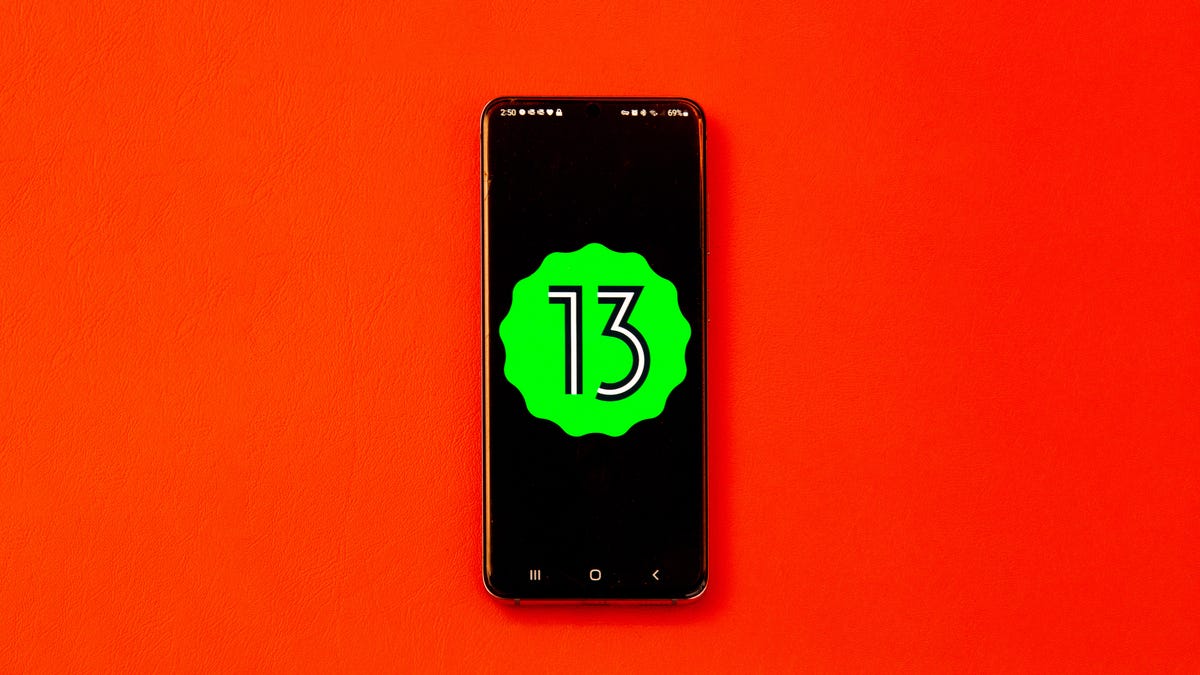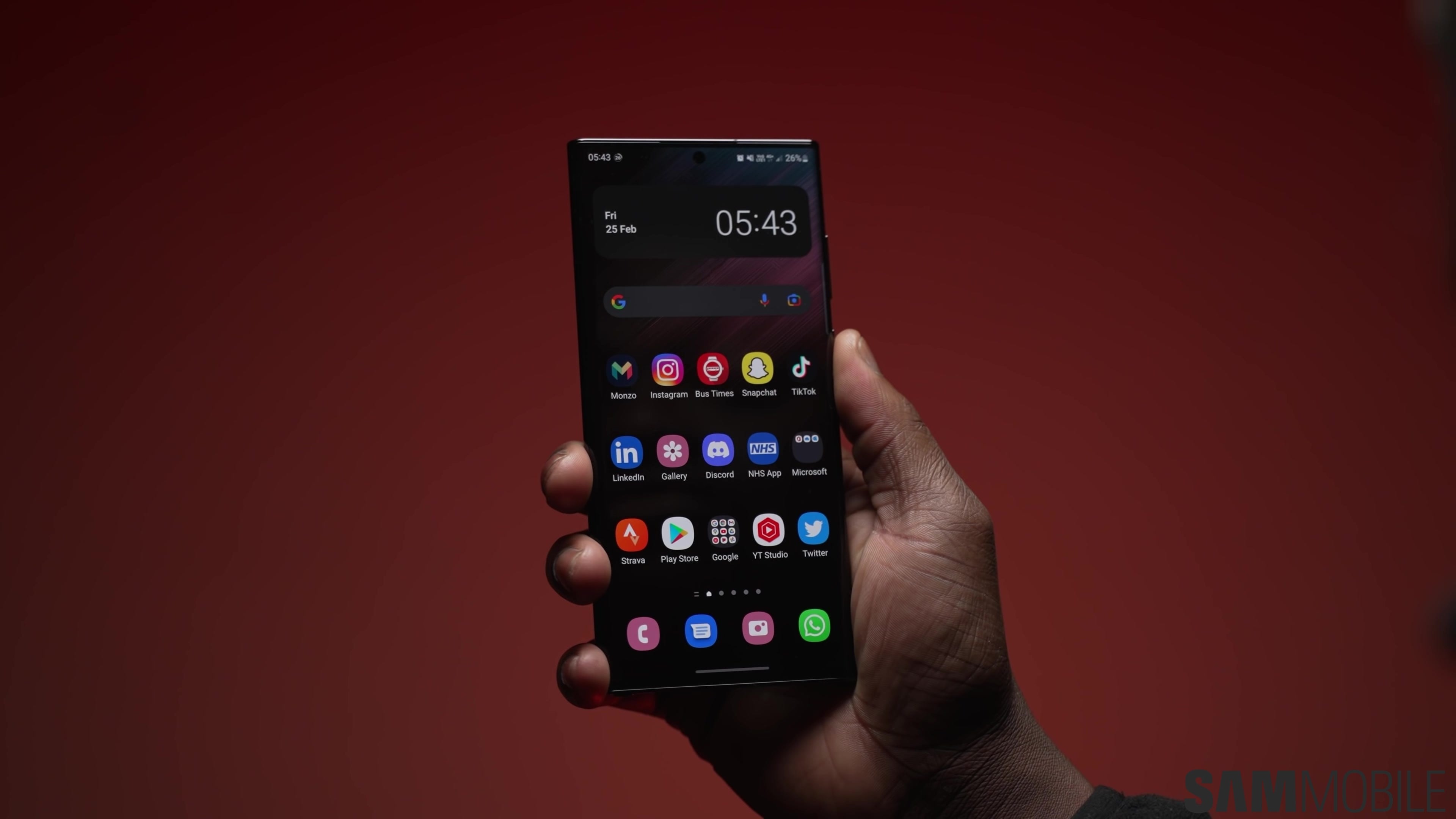Google announces Android 13 Go for budget smartphones: Details on new features

Android 13
The Android smartphone operating system, created by Open Handset Consortium and produced by Google, launched its twelfth major update on August 15, 2022.

On February 10, 2022, an Android blog announced the release of Android 13 (internally known as Tiramisu), and the first Developer Preview was instantly made available for the Google Pixel line of smartphones (from Pixel 4 to Pixel 6, reducing the support for Pixel 3 & Pixel 3a). It came out around four months after Android 12’s stable release. Developer Preview 2 was released in March, which came after. Beta 1 was made available on April 26, 2022. On May 11, 2022, during Google I/O, beta 2 was released. There were two releases scheduled for June and July. With Beta 3, platform stability was attained in June.
Android 13 and its new features
Google released the Android 13 mobile OS in August of this year. Months later, the firm introduced the Android 13 Go Version smartphone operating system, which will power around 250 million inexpensive handsets worldwide.
The recently released Android 13 Go Version smartphone operating system has numerous significant improvements over its predecessor, Android 12 Go Edition. While the latter focuses on fundamentals, such as longer battery life, faster app launches, and making low-cost devices smarter.
Google is offering Google Play System upgrades to low-cost handsets using Android 13 Go Edition. This functionality will ensure that crucial software upgrades are delivered to low-cost handsets regularly, outside of major Android releases. Simply said, Google Play New versions will allow Google to send important software and security upgrades to compatible devices without requiring the user to install and download the updates.
“This will speed up and simplify the transmission of crucial updates without reducing the device’s storage capacity. The outcome is a phone that keeps current over time, so you don’t have to wait for the manufacturer to put out the newest software or for the next release, according to Google’s blog post.
Users of the Android 13 Go version will be able to swipe right on their start screen to view a curated selection of articles as well as other information thanks to a new feature called “Discover” which is part of the operating system’s “built-in intelligence.”
The company’s Material You theme, which was absent from Android 12 Go Edition, is one of the most intriguing features that will be available on Android Go Edition smartphones. Smartphones running the Android 13 Go Version will now have the same design as Android-powered handsets.
According to Google, “this new update introduces Material Design to Android Go for the very first time, allowing you to change your phone’s whole color palette to match your wallpaper. “You have a choice of four comparable color schemes when setting your background image. The dynamic coloring not only makes for a lovely home screen, but it also significantly contributes to the feeling of exclusivity in your smartphone, the business said.

Furthermore, the Android 13 Go Version operating system extends several of Android 13’s most important features to low-cost handsets, including Notification Permissions & App Language Preferences.
The minimum RAM and flash storage requirements for Android 13 Go Edition, according to Esper editor Mishaal Rahman, are 2GB and 16GB, respectively. This is the 1GB RAM requirement of Android 11 Go Version & Android 12 Go Edition OSes, which Google hasn’t defined.
Other additional updates of Android 13
Five years ago, when we released Android (Go edition), we specifically designed our main mobile platform to run on inexpensive phones with constrained memory and storage. Due to the almost 180 million individuals who have joined the internet in the past year alone, this requirement is still important today. There are currently more than 250 million active Android Go-powered devices announced by Android 13 (Go edition). We concentrated on three crucial attributes: dependability, usability, and customization to better cater to this expanding group of users. Let’s go over the new features in this release.
- Get direct software updates: Most entry-level handsets can’t afford to lose the storage space that updating a phone’s software requires. We’re adding Google Play System Upgrades to Go devices with Android 13 (Go edition), which helps make sure that devices may routinely receive crucial software updates, in addition to the big Android release. This will speed up and simplify the transmission of crucial updates without reducing the device’s storage capacity. The result is indeed a phone that keeps current over time, so you do not have to wait for the manufacturer to send out the newest software or for the next release.
- Discover content just for you: You can get more use out of your phone thanks to the intelligence integrated into Android (Go version). With the Discover feature included in this update, you may swipe right on your home screen to view material.
- Tailor your phone’s lock: Everyone should have the option to customize their phone to meet their requirements and express their preferences. With this new update, Material You is now available on Android Go, allowing you to match the color scheme of your wallpaper across the whole phone. You have a choice of four comparable color schemes when setting your background image. The dynamic coloring not only makes for a lovely home screen but also significantly contributes to the personalized experience of your smartphone.
This version also includes several essential Android 13 features including Alert Permissions, App Language Preferences, and other new features that are specifically designed to meet the needs of Go users. With this update, we hope to provide the millions of Android Go device owners—both present and future—more options. In 2023, keep an eye out for new devices that have Android 13 (Go edition).
- Material your design: For the first time, Material You is available on the new Android Go. Users may alter the color palette of their phone as a whole to match their wallpaper. They will have a choice of four related color schemes when setting their background image.
- Tweaks: As a result, it is important to apply other applications as well as the phone launcher while maintaining the ability for split-screen apps to remain linked in the View menu. The Split Screen mode is now persistent during app changes. The glow of the fingerprint scanner on the Pixel 6 series is one example of how animations have been enhanced. The 2-line stacking clock is a little bit smaller, and the overflow alerts just on the lock screen are similarly contained in a dynamically scaled pill instead of a bar.
Inside the Pixel Launcher, the app label typeface has been altered, and minor haptics has been included across the user interface. The Quick Options panel and settings have been updated to reflect the “Tiramisu” version of Android. “13” has taken the place of “Tiramisu” as of Prerelease Version 2. The new, more fluid animations and transitions may be found in the unified search bar.
- Privacy: Both user-facing & developer-facing new features in Android 13 are aimed at improving user privacy. The addition of a new multimedia picker enhances privacy by enabling users to control which images and videos that particular app has access to. This picker has not yet been used by the majority of applications. Furthermore, Android 13 adds new permission called Nearby device.
Previously, a single option called “Location” had both Wi-Fi and GPS permissions. With this modification, applications are now able to look for nearby networks and devices without first requesting access to more extensive navigational systems. Additionally, non-exempt notification applications are getting a new runtime permissions feature that enables users to concentrate on the alerts that matter most to them.
Android 13 gives features as promised for Android 11
Google said that it will provide Android with a new feature and over two years ago. A new media player was added to Android 11, which had just been released, and it now occupies an additional space above your notifications. A rapid output switcher was introduced to the player’s upper right corner as part of this makeover, and it was intended to display both Bluetooth & Cast devices for “seamless transmission.” However, once Android 11 became stable, the latter never materialized for anyone. After two years and two iterations of Android, evidence has emerged suggesting that Cast devices may soon be added to the rapid output switcher.

The output switcher may now display Cast gadgets on Android 13 alongside your preferred earphones or your automobile, as spotted by Esper’s Mishaal Rahman. Developers must incorporate certain code (as a component of a MediaRouter Jetpack module) into their apps to make this happen. This library has been in existence since 2020. On Android 11 & 12, however, we haven’t seen a single app using seamless transfer, and according to Mishaal Rahman, it appears that Google remotely deactivated the feature in earlier releases.
However, it appears that Cast devices are prepared to be included in Android 13’s media output selection. On several devices running the most recent version of Android with seamless transfer enabled, Mishaal Rahman, loaded a customized version of the Standard Android Music Player software (available on Github). All Cast devices are displayed alongside Wireless earbuds and all other output devices while playing media. This enables you to switch between speakers without having to unlock your phone and go to your audio app as you go between rooms. Mishaal Rahman even managed to enable Stream Expansion on a Google Pixel 6 Pro, allowing you to simultaneously play your media on numerous speakers.
Mishaal Rahman discovered after doing more research that some of these features will be implemented automatically. Remote-to-remote media transfers will “roll out to Android phones instantly without needing to upgrade your app through a Google’s Play services update coming shortly,” according to an update notice on the most recent version of the Google Cast SDK. This indicates that switching between new Cast speakers will be accessible directly from the audio output option in the media controls on your phone. However, functionality for switching from Bluetooth speakers or headphones to Cast devices has to be added by developers.
After originally describing it to programmers as part of Android 11, it’s unclear why it takes Google so long to implement seamless transfers for media controls. It appears that some components of the UI weren’t yet capable of handling the functionality. It’s encouraging to see that everything has been put in place on Google’s end and also that part of it will function without any app updates, even if it will still take a while for applications to be updated to offer you the complete capability on an Android 13 phone.




